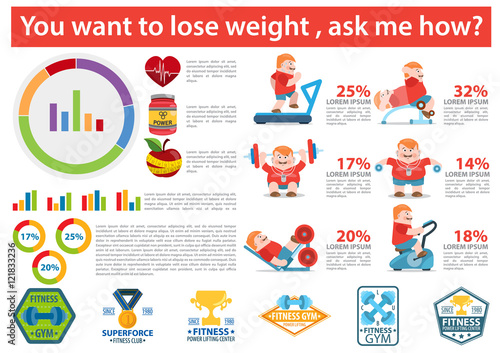Essential Cold Laser Therapy Safety
Essential Cold Laser Therapy Safety
Blog Article
Scientific Research on the Efficiency of Cold Laser Strategy
Cold laser treatment is a valuable device to aid hurting management and the healing procedure. It is often made use of in sporting activities medication, dermatology and acupuncture.
Cold lasers permeate deep right into cells and advertise chemical adjustments without heating them. They reduce swelling and swelling, speed mobile task and increase recovery.
Theoretical History
Unlike the high-intensity lasers that surgeons use to puncture tissue, cold laser therapy uses light-emitting diodes to penetrate into your skin and advertise healing. As these photons get to damaged cells, they initiate a domino effect that enhances your cells' production of enzymes and increases your body's natural recovery processes.
The photons additionally decrease discomfort through the manufacturing of endorphins and enhance your body's capacity to drain puffy areas by generating vasodilation (the growth of capillary). Consequently, it aids you recuperate from bone and joint injuries and discomfort quicker.
Lots of people have found out about cold laser therapy from their physical therapist, chiropractic doctor or doctor and may be asking yourself just how it works. Unlike a lot of laser gadgets utilized in the medical field, which actually warm up cells, our cutting edge equipment gives off cold laser beam that do not trigger any type of home heating of your cells. This enables your body to get the therapeutic advantages without setting off any type of side effects.
Clinical Trials
Cold laser therapy is frequently recommended as a therapy option for people who have musculoskeletal discomfort and injuries. It can be used to lower inflammation, strengthen cells and accelerate the body's all-natural healing procedures.
Non-thermal photons of red and infrared laser radiation are absorbed by the light delicate elements in cells and launch a boost in intracellular metabolic process that increases cell reproduction, minimizes swelling, eliminates edema and reduces recovery time.
Unlike the light that is created by sunshine or standard lights, laser light is parallel (all wavelengths travel in the same direction), systematic and single. These buildings allow laser power to permeate deeper right into the tissues.
A number of medical tests have actually revealed that LLLT can be effective in decreasing pain in the bone and joint system. Nevertheless, even more properly designed research studies are needed to assess the optimal settings for laser irradiation and to establish its efficiency in details problems, such as oral mucositis in cancer cells clients receiving radiation treatment or radiotherapy, and injury healing (consisting of diabetic abscess complying with hammertoe surgery). This Aetna policy publication does not attend to other uses LLLT, including the therapy of various skin diseases.
Verdicts
Unlike surgical lasers that can ruin tumors or coagulate tissue, cool laser treatment does not heat up the body's cells. Rather, the light stimulates your cells to generate adenosine triphosphate, which quickens the repair service process of hurt cells.
Aetna considers low-level laser (LLL) therapy medically essential for the prevention of dental mucositis associated with cancer therapy (radiation treatment, radiation therapy, hematopoietic stem cell transplantation) and non-cancer treatments (such as radiodermal injury, fibromyalgia). A number of researches revealed that LLT can be reliable in decreasing PU symptoms without damaging results. However, distinctions in study layouts and laser dosimetry made contrast of the results difficult; RCTs with reduced risk of prejudice are needed. Making use of a 660 nm wavelength and higher energy density appears to be extra efficient than the other studied laser wavelengths. This could be due to the fact that the various other wavelengths may promote inflammatory procedures and create even more adverse effects. The impact of the kind of laser utilized is additionally vital; the authors recommend that future research study concentrate on evaluating various sorts of lasers and their dosages to determine the optimum combination of laser specifications for PU prevention.
Suggestions
Cold laser therapy is used by dentists to treat inflamed gum tissue, doctors to reduce discomfort brought on by rheumatoid joint inflammation, and physiotherapists to speed up the healing of muscular tissue, tendon, and ligament injuries. Several medical insurance plans cover this therapy.
Unlike warm lasers, which have a thermal impact on tissues, cool lasers (also called low-level lasers) stimulate the cellular power of the skin. Photons from the laser light penetrate right into the cell, causing a series of chemical modifications that advertises regrowth and lowers inflammation.
In order to work, lasers have to be effectively setup and utilized. This is why it is not recommended to acquire a cheap over the counter laser device and attempt to treat on your own in your home. A trained practitioner is called cold light therapy for to guarantee that the device is used correctly to lessen the risk of eye injury and optimize its effectiveness. The laser device must be adjusted to the right setting, intensity, frequency, and placement of the laser on the therapy location.